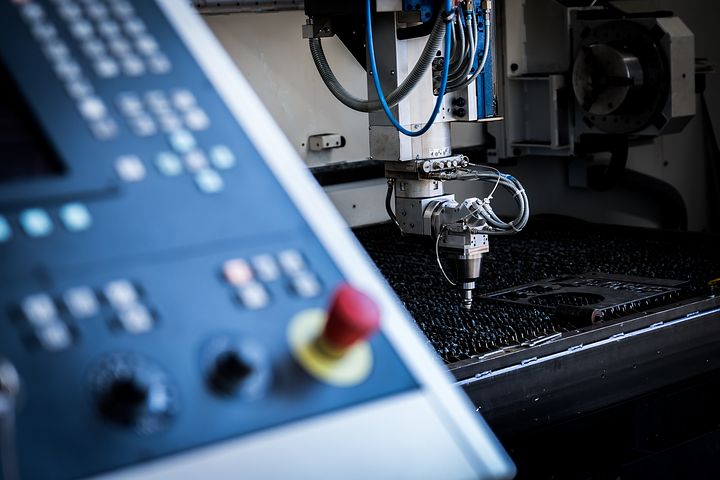
As science fiction increases in popularity, so too does all the high-tech gadgets from alternate universes or dimensions. Popularized in resurgent series like Star Wars or Star Trek, real life modern-day lasers are becoming widely applicable in a variety of use cases.
When first discovered and invented, physicists were unsure what they could be used for. Today, real world applications are found in areas like medical applications, welding and cutting, surveying, communication, printing, reading CD’s or optical disks, spectroscopy, heat treatment, barcode scanners, sophisticated measuring systems and even laser cutting in many online printing shops is now on offer. New types and more potential applications are constantly being developed. Latest research involves finding cheaper compact portable devices.
Ignoring real world applications, high strength particle beams have always featured as a selling point in fictious science fiction weaponry. Hearing talk of plasma guns is now common place. This has given rise to things like ray guns or phasers which usually fire destructive energy of some kind. Laser cutting in Sydney is now a reality.
Laser beams are columns of very high intensity light. Different wavelengths can be used depending on each respective use case. These high energy beams originate from emitted photons, which are single particles of light. On a larger scale, bigger emissions of powerful energy can be released with high-energy radiation. The most common of these devices is the X-ray.
The process of laser cutting works in a similar way, but by focusing the beam through a special lens or curved mirror. This dense high-powered beam, focused on a single spot, results in the ability to cut through materials. The beam simply melts the material being cut, and with metals, high pressure nitrogen is ejected. This process of laser cutting is available in Sydney and can be incredibly precise resulting in accurate cuts.
Sydney laser cutting can etch and cut a variety of materials, not just metals, such as glass, plastic, perspex or wood. Wonderful ornate patterns can be carved and constructed. Demand in this skill is increasing among jewelry makers because of its high precision.
The word ‘laser’ is just an acronym to describe the working mechanical process – light amplification by stimulated emission of radiation. Unlike normally emitted light, laser light has some special properties.
Firstly, the emission is monochromatic. This means that it features a single consistent wavelength, determined by the amount of energy released when the electron drops to a lower orbit.
Secondly, the emissions released are coherent. In other words, it is organised, so each photon moves in step with the others. This means that all the photons have wave fronts that launch in unison.
Finally, the light is very directional. It has a tight beam which is very strong and concentrated. This is the biggest contrast to a flashlight, or normal light, which releases light in many directions making the light weak and diffuse. Laser cutting in Sydney is possible with this property.
The principles behind this technology stems from fundamental quantum physics theory. This history can be traced back to the days of Albert Einstein who, in 1917, published a paper regarding the quantum theory of radiation, or simulated light emission.
The basis of his theory was that if atoms make up the material of things, and if they are given excess energy to emit photons, these photons could stimulate nearby atoms, resulting in the release of more photons which would create a cascade effect. We call this phenomenon the photoelectric effect. This is the effect which makes laser cutting in Sydney possible. Scientists had discovered that electrically charged particles can be released from materials when it absorbs electromagnetic radiation.
